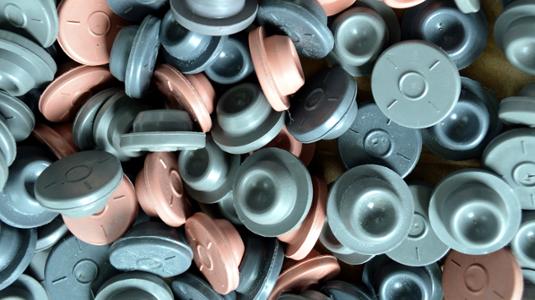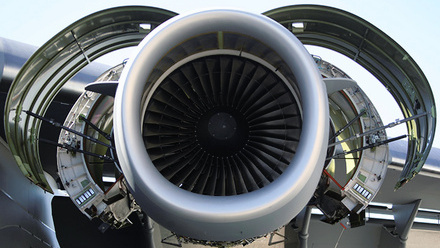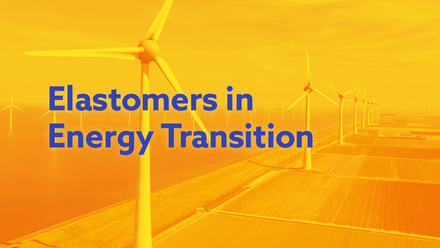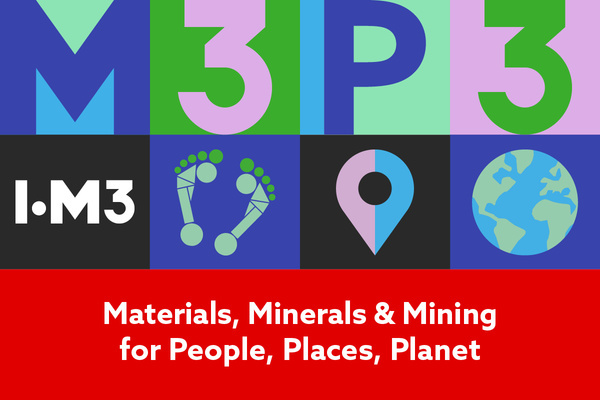The transportation landscape and demands thereof by consumers is evolving at a pace beyond that to which the industry is capable of adapting; and in ways which have disrupted stagnant manufacturers, outdated business models, rigid supply chains and historic processes and materials.
Sustainability drivers, mobility-as-a-service mindsets and a shift in value perception by consumers, industries, governments and investors have meant that topics like resource efficiency, vehicle life span, recycling and production efficiency have become central to our daily discussions. It’s no surprise then, that enablers of these drivers are focused heavily on composites, adhesives and elastomers, comprehensively used in the modern vehicle: cars, trains, planes, boats, e-scooters, bicycles and beyond; to future vehicles such as eVTOLs (electric vertical take-off and landing), drones and light personal vehicles in the L categories between cars and scooters.
What are some of the relevant materials challenges related to the transport sector? Elastomers for seals, high wear environments, suspension systems, NVH requirements and fire-retardant areas mean their breadth of use in the sector is widespread (and needed). Adhesives (the modern joining process replacement for bolts, rivets and welding) improve productivity, material and labour costs, lightweighting, corrosion and safety and with easier recycling methods. Composites provide flexibility in design and processing beyond which many other materials can offer and provide lightweighting, strength, stiffness, durability, corrosion and temperature resistance and NCH benefits, all of which can be tailored specifically for each application, from high-volume low cost, to high performance applications in aerospace and Formula 1. Advances in metallic alloys will be needed to provide higher strength with lighter weight and to reduce the overall use of all these valuable materials and their effect on the planet in extraction, production, use and reuse.
2025 IOM3 Awards & Prizes
IOM3 has a range of Awards, Medal and Prizes to recognise personal achievement, for published work and for contributions to the Institute, knowledge, outreach and profession.
Visit our Awards pages to see details of the awards and competitions on offer and details of previous winners.
Information services
Are you looking for information or advice on materials? Our Information Services team can help you find relevant articles and literature from our extensive library collections and provide signposting to sources of advice.





















